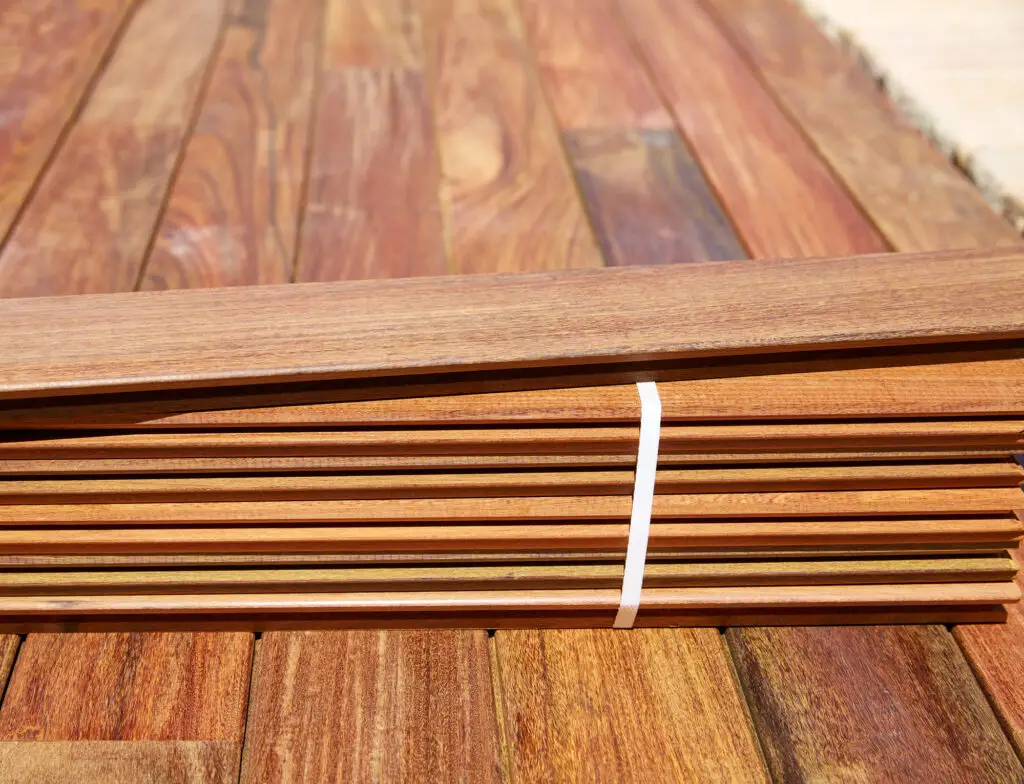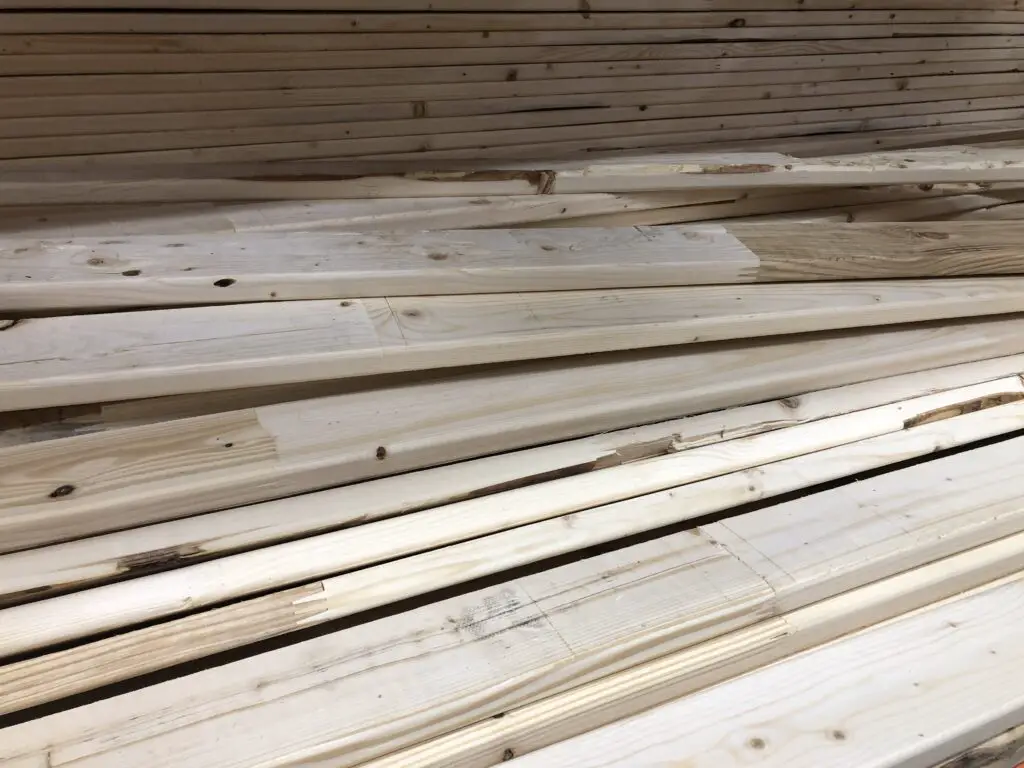When attempting to make cutting boards, it is important that you choose the right wood. While you want it to be hard enough so that it can be a good surface to use a knife on, you don’t want it to dull your blade after every use.
Poplar is always a…popular choice for woodworking projects, but you may have questions about whether it will work for a cutting board.
Can You Use Poplar Wood for a Cutting Board?
The short answer is poplar makes an okay cutting board. While it is hardwood, it is on the softer side of the hardwood spectrum. For this reason, many people avoid using it for cutting boards as it is less durable than other varieties of hardwood. You certainly can use it for a cutting board, but you’ll likely see marks and gouges in your board quicker than you would with a harder wood.
What Type of Project Is Poplar Suitable For?
Poplar wood’s most common uses are for construction projects, as it is construction-grade lumber. You can find poplar wood used mainly for constructing smaller homes and sheds, as well as cabinets and drawers. This is primarily because it has good compatibility with paint and glue.
Here’s a great little guide on the poplar wood species.
Best Types of Wood for Making Cutting Boards
For cutting boards, hardwoods are the best type of wood to use, hands down. But you shouldn’t snatch up any old hardwood when making a cutting board. There are a few factors you should consider such as the overall hardness, porosity, cost, and toxicity. (Toxicity should be a consideration anytime you are using a project around food!)
You want a wood that is hard enough to withstand cut marks, but not so hard it dulls the blade. Woods that are too porous can harbor bacteria, and toxicity is important for obvious reasons. Your budget is the other thing to consider when it comes to cutting board wood.
Four solid options to consider include maple, walnut, teak, and beech.
Maple is considerably one of the best woods for a cutting board. It makes a perfect cutting surface and doesn’t succumb easily to knife marks, cuts, or scratches. It is also resistant to other outside ailments that may affect different types of woods, such as bacteria and trapped moisture. If you’re looking for a stable and consistent cutting board, maple is undoubtedly a viable choice.
Walnut is another good choice for cutting board wood, despite its relative softness. While it has one of the most negligible chances of dulling your knife, it is prone to accumulating more cuts and knife marks. Even so, it has fair resistance against bacteria and such and does not require as much maintenance as some other boards may need.
Teak is a relatively durable wood, and it will fare better than walnut when it comes to scratches or knife marks. One big downside to teak for many people is the cost, however. This tropical hardwood tends to be much less budget-friendly than the other options in this list. Another thing to consider with teak is that it is rather porous so bacteria and stains can be an issue if the board is not cared for properly.
Beech is another hardwood that is resistant to scratches, yet it allows extensive use without dulling the knife. Along with maintaining one of the hardest surfaces, beech is almost as efficient as walnut wood when it comes to fighting off bacteria on the surface of the cutting board. However, beech is more prone to show possible stains due to its lighter color. Plus, beech shrinks more than the other woods in this list, so it will require maintenance every month or so to keep the board in optimal shape.

